Kilimanjaro Summit Success In 7 Easy Steps

Where Can The Brokenhearted Go For Healing?
October 18, 2016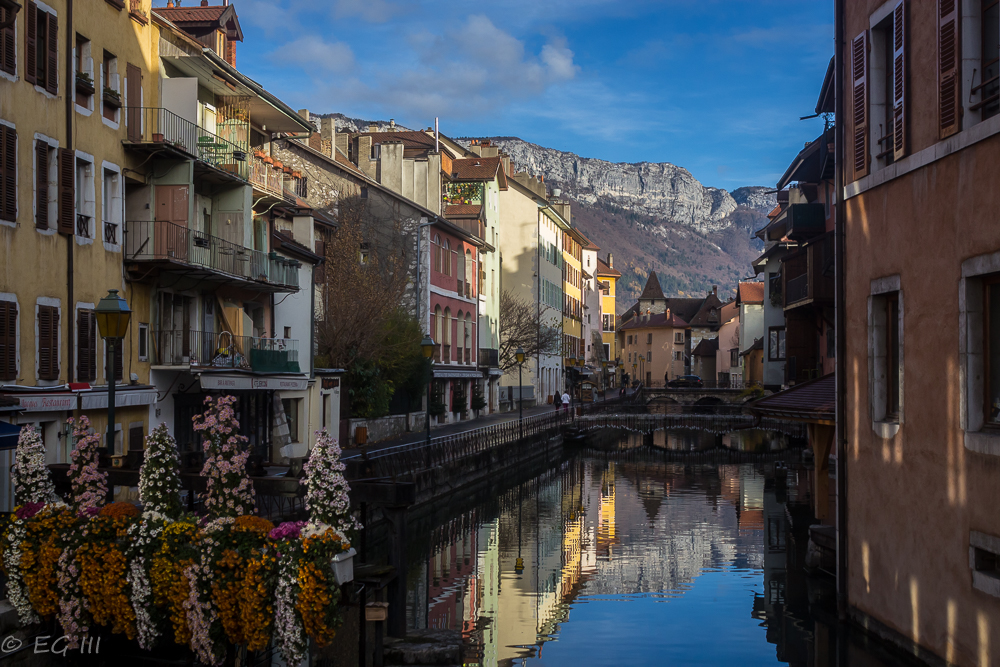
Top 3 Winter Holiday Travel Destinations
November 1, 2016Imagine: Five different climate zones. The world’s tallest free-standing mountain. The roof of Africa. 5,895 meters (19,341 feet). The 4th Summit.
While staring down at potential trekkers the menacing mountain peers through the trees as it gently taunts and whispers:
“Climb me…come on, it’s easy.”
Well, I’m here to tell you from experience—don’t believe those words for a second! Although it isn’t the most technical climb, it’s no walk in the park either; and it should come as no surprise that more than 30% of people who attempt to summit fail. The days are long. The nights are cold. Your body becomes weary. And, in many cases, it will push you to limits you.did.not.know.existed.
BUT
With all that said—if you follow these seven steps—then I am confident that you, too, will stand tall atop Mt. Kilimanjaro after a successful climb.
Pre-Climb
Become one with your gear
To ensure that your climb progresses as smoothly as possible, it’s important to pack…and re-pack…and re-pack. Be certain you know exactly what you have packed and where it is. Regarding clothing, during the final summit push it will be important to layer up—make sure that you can comfortably move and function for several hours in the layers you plan on using. If you purchase a new bag, become familiar with all compartments so that you can fully utilize the available space. Properly break in any new shoes, and if you plan on wearing old shoes make sure they will hold up. I’m assuming there’s not a lot worse than heading up the mountain on day two and having the sole fall from your only pair of shoes—I use this example because I saw it happen. Not quite sure how the poor guy carried-on though!
Physically prepare in advance
My Kilimanjaro prep involved daily walks of about 10-15km in the months leading up to my departure. I would alternate between flat ground, desert landscape, or fully-inclined treadmill walks. Additionally, I wore a high-altitude training mask while doing so. In hindsight; however, if I could add one more thing to my training regiment, it would be to do more walking with a weighted vest/backpack during those training sessions.
Take only the essentials
There will be many items available to rent upon your arrival. Trekking poles, sleeping mats, sleeping bags, and even cold-weather essentials like gloves, hats, and jackets are just a few examples of what can be supplied by your tour operator. Be sure to thoroughly discuss what they can or cannot provide you with before you overpack and attempt to try to do it all yourself.
During The Climb
Start each day with 1-2 liters of water
It is recommended to consume between at least 4-5 liters of water per day while climbing Kilimanjaro. While this may seem like a large number, a good way to get a head start on your water consumption is by sufficiently hydrating in the mornings.
Use water bottles as sleeping bag warmers on cold nights
I learned this nifty trick during my third night on the mountain. The water provided by porters in the evenings is boiled for purification. Before bed, it’s easy to transform your water bottles into personal heaters. Simply fill your (leak-proof) bottles with hot water, wrap them in thin clothing, and then strategically place them in key areas of your sleeping bag.
Bring earplugs/noise canceling headphones
A key to fighting fatigue is being well-rested. One can do this is by getting to bed at a respectable hour—while also allowing adequate opportunities to nap throughout the day. The campsites can be quite noisy, both during the afternoons and into the late evenings; however, your earplugs/headphones will quickly become your best friend.
Keep your eyes on that summit prize!
Baseball great, Yogi Berra, once said:
“Baseball Climbing Mt. Kilimanjaro is 90% mental and the other half is physical.”
Okay…
I confess…
Maybe the word “baseball” was used in the original quote instead of “Climbing Mt. Kilimanjaro,” but when you substitute it, it pretty much sums up the summit experience.
Even though you will be on the edge of exhaustion at times during the climb…just remain mentally strong, keep moving forward, and summit success is yours!

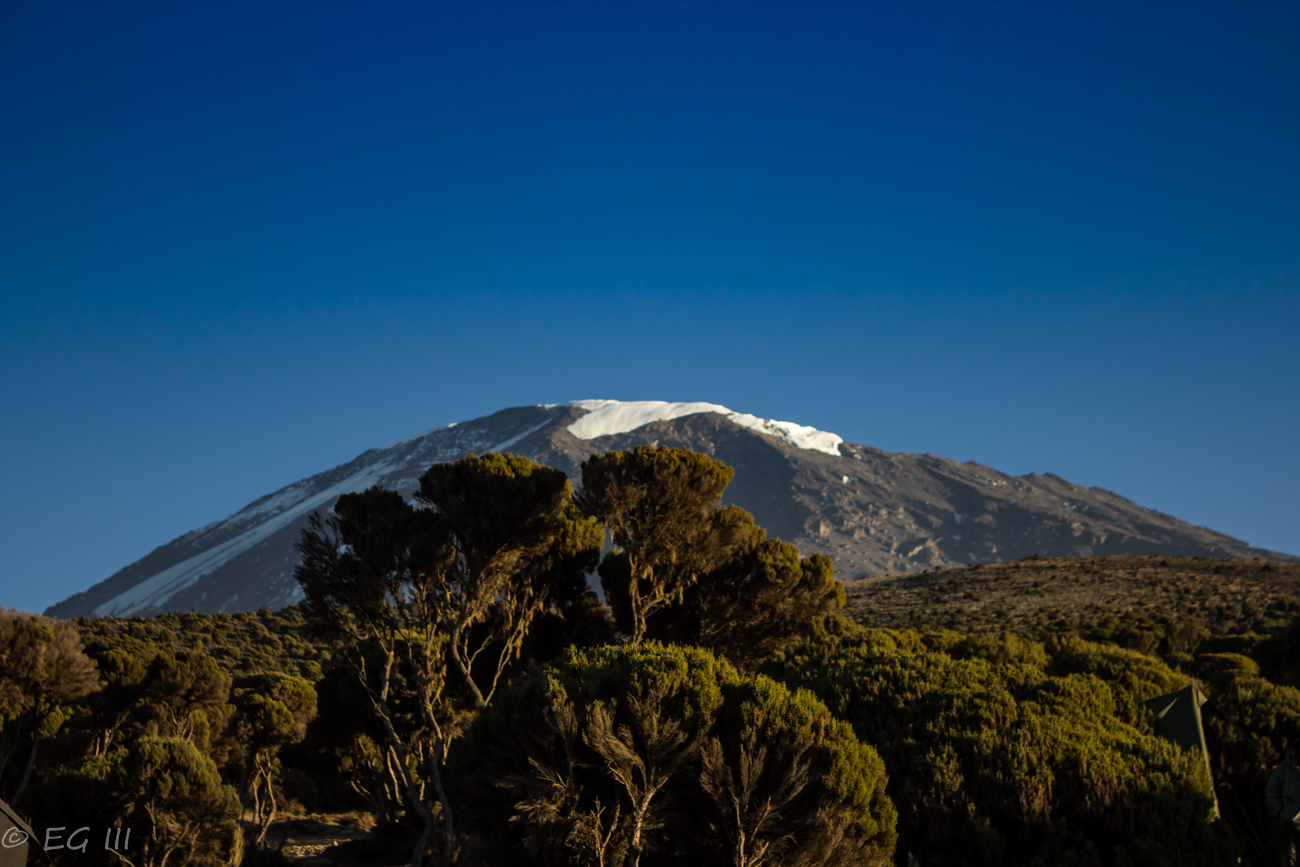
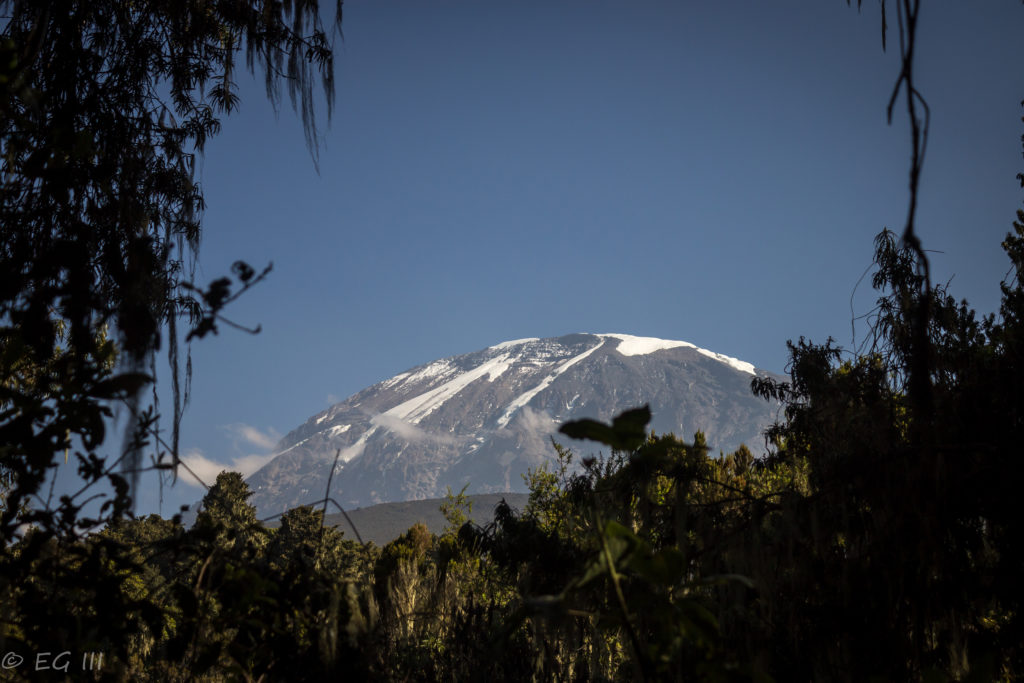
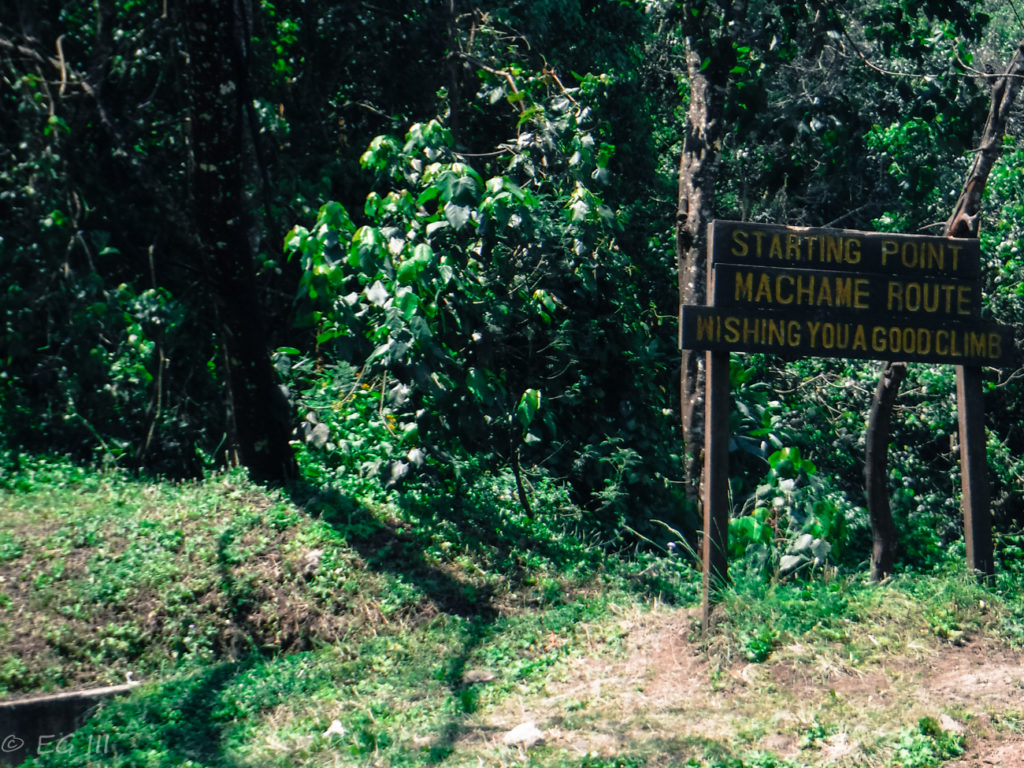
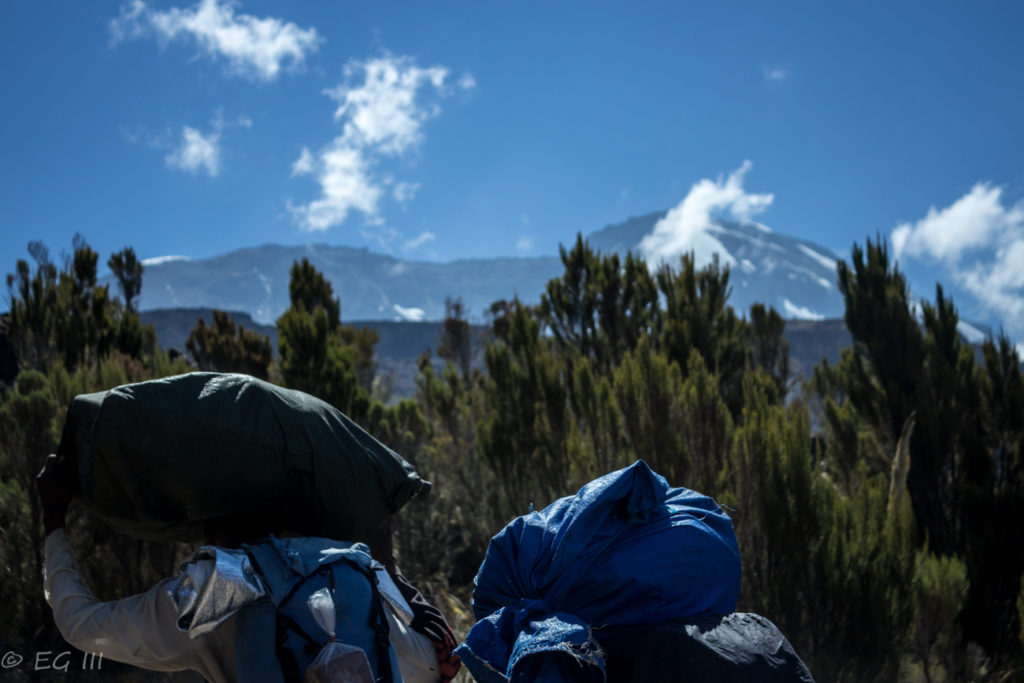
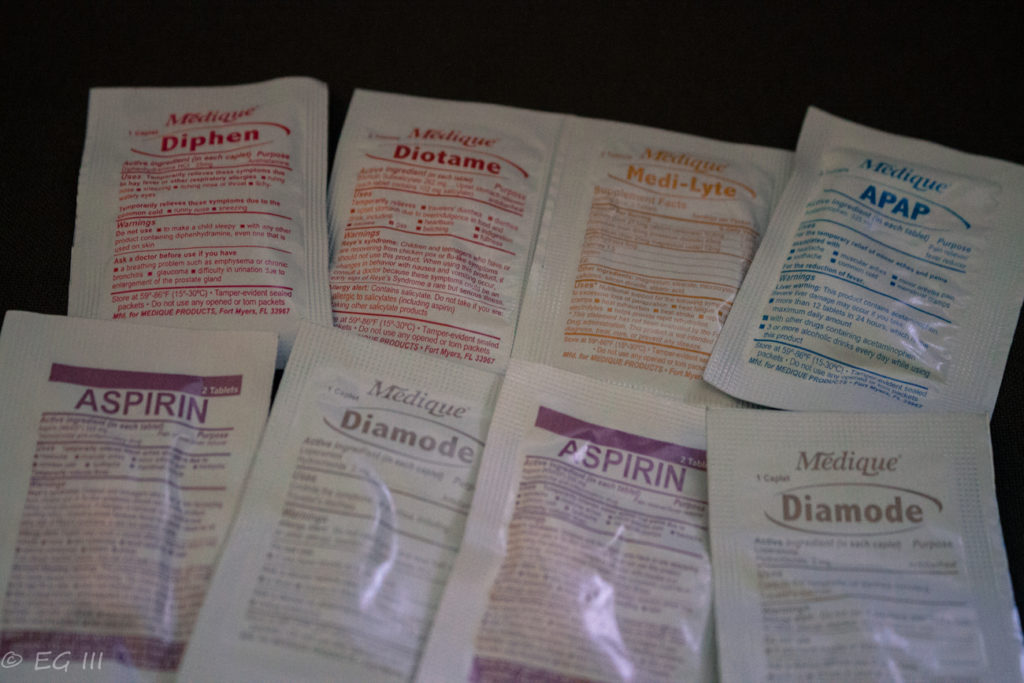
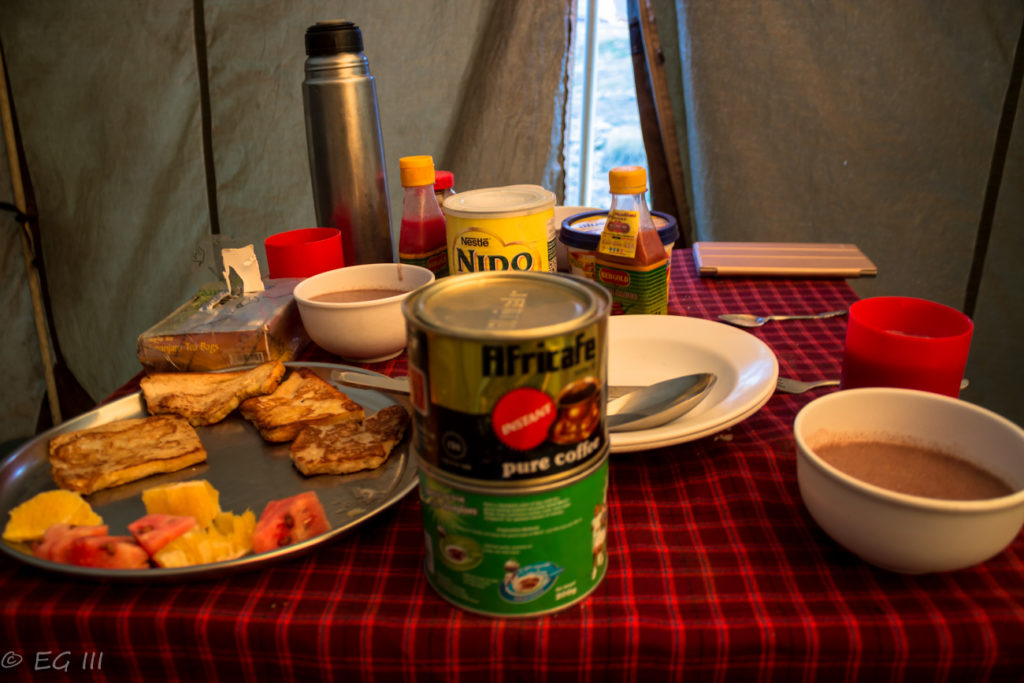
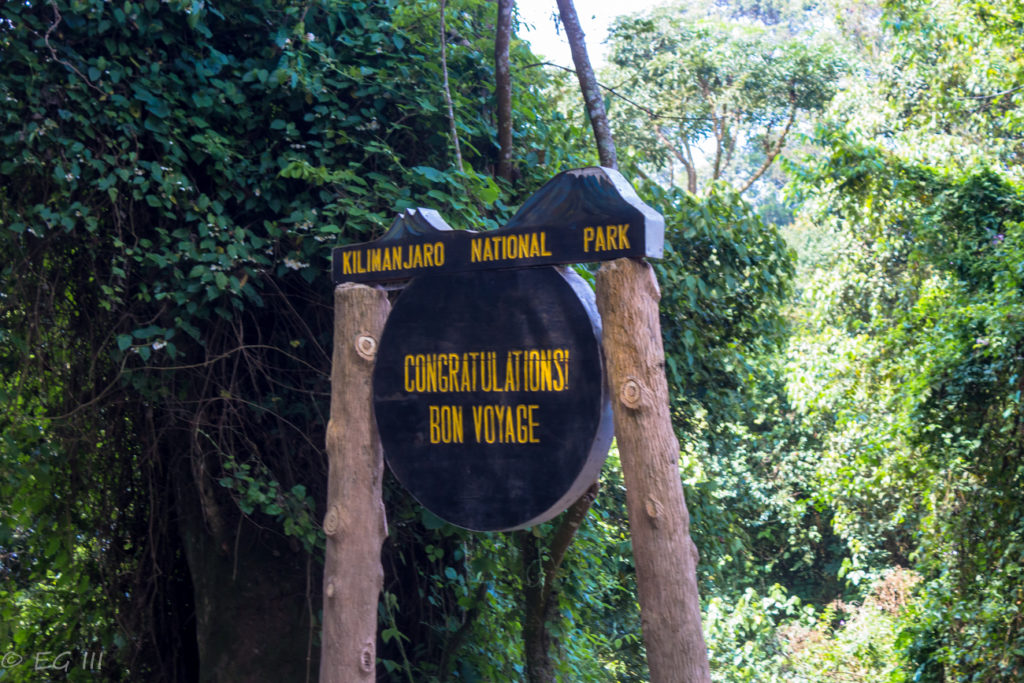
50 Comments
Even I’m not a hiker, I am inspired to your hiking successes, and Congratulations for reaching the summit. I’ve learned that for every step in our way – never give up, coz eventually we will reach all those summits!
Exactly, with all things in life, as long as we keep pushing toward the goal we will eventually reach summit in one way or another.
Congrats! What an incredible feat and you should be really proud of yourself. I realized similar things when hiking Mt. Rinjani (not as high as Kilimanjaro) — especially the hot water bottle tip and hiking with a weighted vest in advance. Wow, saving this for later for inspiration!
Thank you…I’d been talking about it for years so it feels great to finally back up all that talk!
I never thought of using the water bottles as warmers inside the sleeping bag. What a great idea! I had some really cold nights while hiking in Peru and this would have had saved me a lot of shivers.
They ended up being lifesavers for sure!
Those are some very very useful tips. Especially about the terrain, what to carry and the amount of water you need to take. I hope to use them some day and scale this one. Cheers.
I hope you are able to as well..it will be something to remember for a lifetime.
From my first place of work I used to see this peak everyday… it was in east of India. I never thought of climbing it then, today after reading your post I am inspired to revisit the place.
Wonderful tips given… may be I should attempt.
I hope you do one day…to look at it from a distance and the view it again after climbing all the way to the top are two distinctly different perspectives.
I also will climb to Mount Batur. This will be the first trip up the mountain. I do not know if will be very difficult or easy, but I hope the climb later smoothly. Whether before climbing I have to exercise regularly to increase stamina?
I would definitely recommend getting in a good amount of fitness before attempting, even if it’s something as basic as treadmill walking.
Amazing article and a splendid job! I’m sure you’ve managed to inspire me in many ways, someday I hope I build the courage to do the same.
Thank you for following me along the journey.
Firstly well done on finishing.I have loved reading about your journey. Thanks for the tips.Someday I would like to do this.
Thank you! I hope you can someday do it as well.
WELL DONE! Especially with this amazing feat, it is not every day that people say how they have managed to hike and survive Kilimanjaro. It would take me more than just the tips you have provided here to train for such a feat!
It was no walk in the park, but I think most people with at least average fitness would be able to do it.
Great tips! I’m a pretty active gal personally and always forget that normal people don’t go running 10 miles for run so when I’m suggesting a last minute or tough hike, my less prepared friends are always hating me! I love your tip about training with a weighted vest. A lightish bag will suddenly feel like 10000lbs once tired out!
Exactly, when the air is thin and you’re already tired it’s best to be as prepared as possible…and I can relate to you about being active and friends not being able to handle it!
I have enjoyed your Kilimanjaro posts. The climb being a feat I may not be able to achieve, I commend your efforts and ability to climb it successfully and provided tips on doing this extraordinary event. The hikes do sound quite difficult.
Even after preparation, they were still difficult…but reaching the top was worth every bit of pain in the end.
What a feat! I think the 90% mental aspect is applicable to most experiences in life. I would love to make this climb one day!
You’re right, it definitely relates to much more than just climbing. I try to use this philosophy in nearly everything I attempt.
I’ve been following all of your post regarding the Kilimanjaro, the more I read your writings, the more you inspire me. I love your stories and the way you enjoy everything that you do. Keep it up!
Thank you Gabi. We only get one shot at this thing called life…so we may as well enjoy as much of it as possible 🙂
You are a motivator and an inspiration. I applaud you for this and wish that one day I could achieve this. Incredible! Hats off to you!
Thank you Sheri. I really, truly appreciate those words.
Well done on your success and great tips for folks like me! I can barely manage to get myself to take a Sunday stroll let alone something like this!! 😉
Well, I can relate..I’ve been riding the high of the climb for the past couple weeks and gotten quite lazy myself 😛
These tips are so useful, especially for long, strenuous hikes. The high of scaling the mountain can keep you mentally upbeat, but one needs to take care physically too! Training with weighted bags is a good tip for before the journey.
Yes because that climbing “high” can quickly come to a crash if you are ill-prepared.
The first time I did a multi-day hike I was told there was no need to practice hiking with a pack first. Needless to say, I was deeply unhappy and no longer trust that person’s advice for anything.
This is a great prep guide! This is super helpful, since you never want to learn something the hard way when you’re half way up a mountain.
Exactly, I learned a few things the hard way…but I definitely won’t make the same mistakes twice!
Oh wow I admire you very much! It takes a little of hard work and dedication to prep for something like this. I can imagine though it’s all worth when you reach the top. Would love to do something like this one day. Ree love30
It totally is worth it at the top. Even more so at the bottom (after coming down from the top haha)!
All points well taken, except for the 4-5 lts of water. I don’t think I can consume that much in the morning and then start off. Though I agree, you need to be hydrated enough to ascend the climb, but I know it’ll give me a little stomach sprain too… also, don’t you think soaking in of toffee is an important thing too? It prevents me from feeling sick whenever I climb up a pressure fluctuation zone 🙂
I think 4-5 liters in the morning would be quite tough as well…but 4-5 is the recommendation for the entire day. In the morning just between 1-2 liters would be a good enough kickstart to the day.
I bet getting enough rest is one of the most important steps, as that will get you through most anything else. You could add another step: Don’t quit. Climbing the mountain seems like one of those things where as long as you don’t quit, you win.
Absolutely, it takes a hard will but as long as the body is physically able then all that is necessary is the will to go on.
I love being in the mountains. There’s no better view. Even though I have to say immediately: I’m not a climber. The times I went to ‘the mountains’ it was more for walks and enjoying a lake or the environment. Nothing like you did here! but I love hearing about it. And dream about the mountains. Not sure if I ever would be able to do this. But at least I can improve to what I’ve done already. Physically prepare in advance is a great tip. I don’t think anything like this is possible without preparation. 4-5 liters of water per day, that’s a lot. That is very good to know!
For years now I’ve felt the power of water’s healing ability. I first noticed it in the natural spring waters of Japan and again saw how important it is when putting your body under the pressure of altitude.
These are really great tips and ironically was just speaking to friend that came back from Kilimanjaro. Basically said the same thing as you, that it’s not exactly a walk in the park and getting yourself in shape before you go is a good idea, start getting out there and getting some walking and hiking and prepare yourself for the trip! Great article, nice site as well!
Your friend is absolutely right. Hiking hills in preparation beforehand would also be advisable. Thanks for the compliment…your site is packed with useful information as well!
A lot of good tips! I particularly liked the one about water bottles warming the sleeping bag.
Yes, it took me a night or two of freezing to figure that one out but it was heavenly once I tried it.
Wow great job! You rock!
& these are some great tips too 🙂
Thank you!
Quite inspirational, good job!
Thanks Helen